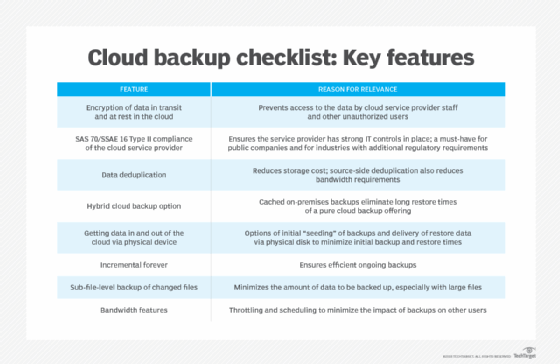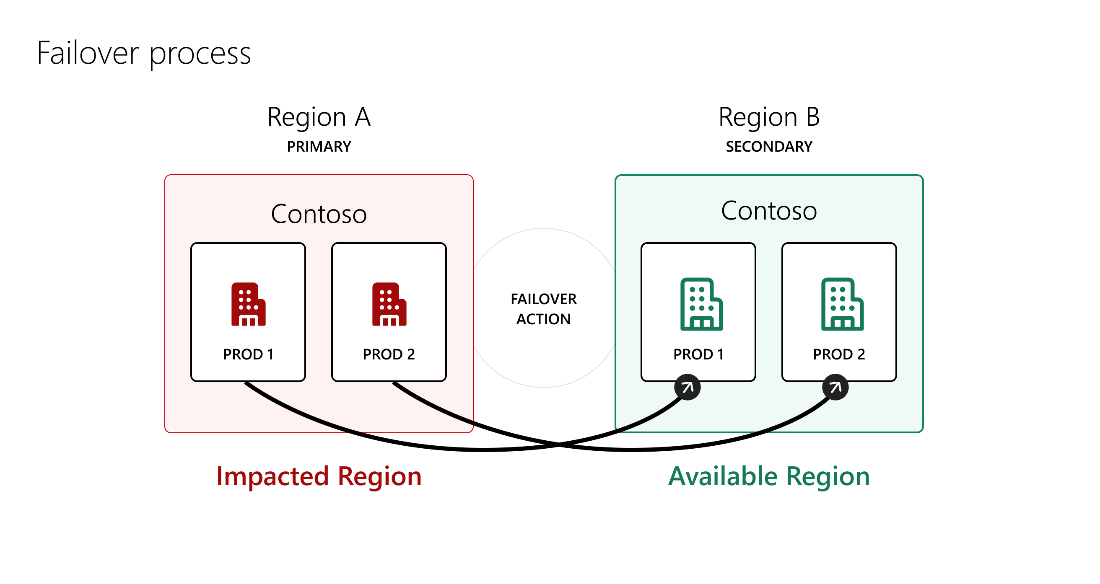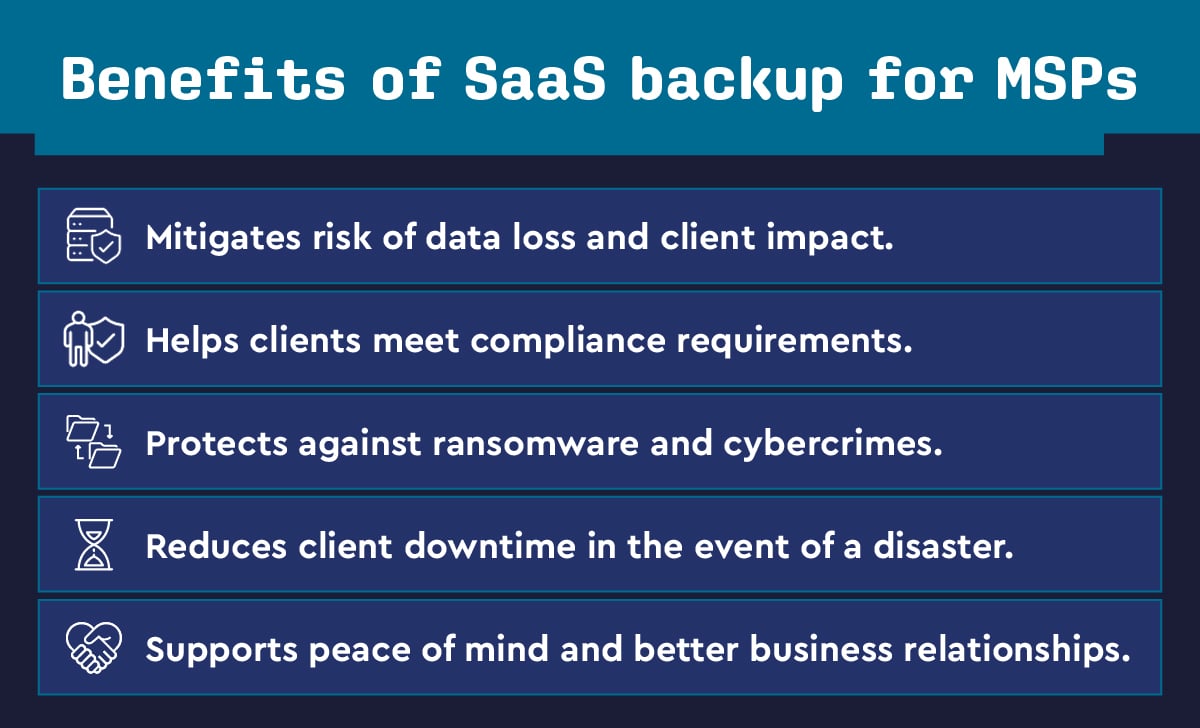SaaS platforms ensure data backup and recovery through regular backups and secure storage. They use advanced technologies to protect data from loss or corruption.
In today’s digital age, data is a vital asset for businesses. Losing it can cause major setbacks. SaaS platforms understand this and take measures to keep data safe. They perform regular backups to prevent data loss. They store backups securely, often in multiple locations.
This ensures data is always retrievable. SaaS providers use encryption and other security measures to protect data. They also have disaster recovery plans in place. These plans help them quickly restore data after an incident. Knowing how SaaS platforms ensure data backup and recovery can help you trust their services. It provides peace of mind, knowing your data is safe.
Importance Of Data Backup
Data backup is essential for any SaaS platform. It ensures that businesses do not lose vital information. A good backup strategy protects against data loss and ensures business continuity. Let’s explore why data backup is so important.
Preventing Data Loss
Losing data can be disastrous. Data loss can happen due to hardware failure, cyber-attacks, or human error. SaaS platforms use regular backups to prevent data loss. These backups store copies of data in different locations.
Regular backups ensure that even if one copy is lost, others are available. This process helps maintain data integrity. It also ensures that data can be restored quickly.
Ensuring Business Continuity
Business continuity is crucial. Companies need to operate without interruptions. SaaS platforms ensure business continuity by having robust backup and recovery plans. These plans include:
- Frequent Backups: Regularly scheduled backups ensure minimal data loss.
- Multiple Locations: Storing data in multiple locations prevents total loss.
- Quick Recovery: Fast recovery processes ensure that businesses can resume operations quickly.
These measures ensure that businesses can continue to serve their customers. They also help maintain trust and reliability.
Overall, data backup is not just a safety measure. It is a critical component of any SaaS platform’s strategy. Proper data backup and recovery plans ensure that businesses can weather any storm.
Types Of Data Backup
Ensuring data backup is crucial for SaaS platforms. Different types of data backup methods help in safeguarding data. Each method has its own strengths. Understanding these can help in making informed choices. Let’s explore three primary types: Full Backup, Incremental Backup, and Differential Backup.
Full Backup
A Full Backup involves copying all data. This method creates a complete snapshot of the data at a given point. It is comprehensive and provides a complete restore point. However, it can be time-consuming and requires more storage space.
Incremental Backup
An Incremental Backup only copies data that has changed since the last backup. This method is efficient in terms of time and storage. It is faster and uses less space than a full backup. Restoration may take longer, as it involves piecing together multiple backup sets.
Differential Backup
A Differential Backup copies data that has changed since the last full backup. It is faster than a full backup but slower than an incremental backup. It uses more storage than an incremental backup. This method strikes a balance between backup speed and restore complexity.
Backup Strategies For Saas
Effective data backup strategies are crucial for SaaS platforms. These strategies ensure data is protected and can be recovered quickly. SaaS providers use various methods to secure data. Let’s explore some common backup strategies.
Automated Backups
Automated backups occur without user intervention. These backups run on a set schedule. This ensures data is regularly copied without manual effort. Automated backups reduce the risk of human error. They provide consistent data protection. Most SaaS platforms offer this feature. It ensures data is always up-to-date.
Scheduled Backups
Scheduled backups happen at specific times. Users can set these times based on their needs. For example, backups could run daily, weekly, or monthly. Scheduled backups allow users to plan around their peak usage times. This minimizes disruptions. It also ensures data is backed up during low-traffic periods.
On-demand Backups
On-demand backups give users more control. They can initiate a backup whenever needed. This is useful before major updates. Or before significant data changes. On-demand backups provide an extra layer of security. Users can create a backup at any moment. This flexibility can be crucial in preventing data loss.

Credit: www.techtarget.com
Data Recovery Processes
SaaS platforms must ensure data backup and recovery to maintain trust. They use different data recovery processes. These processes help in restoring lost or corrupted data quickly. Let’s explore these processes in detail.
Immediate Recovery
Immediate recovery focuses on restoring data within minutes. SaaS platforms often use real-time backups. This means a copy of your data is saved instantly. If data loss occurs, the latest version is quickly restored. This method reduces downtime and ensures business continuity.
- Real-time replication of data
- Frequent snapshots
- Automated recovery processes
Disaster Recovery Plans
Disaster recovery plans prepare for major incidents. These plans ensure data recovery during natural disasters, cyber-attacks, or system failures. A good plan includes:
- Risk Assessment: Identifying potential risks and their impact.
- Backup Strategies: Using offsite and cloud backups.
- Recovery Time Objectives (RTO): Setting time limits for data restoration.
- Regular Testing: Simulating disaster scenarios to test the plan.
SaaS platforms often use a combination of on-premises and cloud backups. This ensures data is safe and recoverable even if one method fails.
Technologies Used
Ensuring data backup and recovery is crucial for SaaS platforms. Companies use various technologies to protect user data. These technologies help maintain data integrity and availability. Here are some key technologies used in data backup and recovery.
Cloud Storage Solutions
Cloud storage solutions are vital for SaaS platforms. They offer scalable and reliable storage for data backup. Popular cloud storage providers include:
- Amazon Web Services (AWS): Known for its durability and availability.
- Google Cloud Storage: Offers high availability and security.
- Microsoft Azure: Provides robust backup and disaster recovery solutions.
These providers ensure data is stored in multiple locations. This redundancy helps in quick recovery during data loss.
Encryption Techniques
Encryption is essential for securing data backups. SaaS platforms use encryption to protect data from unauthorized access. Key encryption techniques include:
- SSL/TLS: Encrypts data during transfer. This ensures data is safe while moving between servers.
- At-Rest Encryption: Protects stored data. Common methods include AES-256 and RSA encryption.
- Client-Side Encryption: Data is encrypted before being sent to the cloud. This adds an extra layer of security.
Encryption ensures that only authorized users can access the data. This protects sensitive information from breaches.

Credit: learn.microsoft.com
Best Practices
Best Practices for data backup and recovery are crucial for any SaaS platform. These practices ensure that data is safe, accessible, and compliant with regulations. By following these best practices, SaaS providers can offer reliable and trustworthy services to their clients.
Regular Testing
Regular testing of backup systems is essential. It ensures that backups are functioning correctly and can be restored without issues. Regular testing helps identify and fix potential problems before they impact the system.
To achieve this, SaaS platforms should:
- Schedule automated tests
- Perform manual checks
- Document test results
Documenting results is important. It helps track the reliability of backups over time.
Compliance With Regulations
Compliance with regulations is critical for SaaS platforms. Different industries have specific rules for data storage and backup. SaaS providers must follow these rules to avoid legal issues and ensure data integrity.
Key steps to ensure compliance include:
- Understanding relevant regulations
- Implementing necessary security measures
- Conducting regular audits
Audits help verify that the platform meets all regulatory requirements.
Data Redundancy
Data redundancy involves storing copies of data in multiple locations. This practice protects data from loss due to hardware failures, cyber-attacks, or other issues. By having redundant systems, SaaS platforms can ensure data availability at all times.
Effective data redundancy strategies include:
- Geographical distribution
- Use of cloud services
- Replication of data in real-time
Geographical distribution means storing data in different regions. This practice minimizes the impact of regional disasters.
Challenges Faced
Ensuring data backup and recovery in SaaS platforms can be challenging. It involves protecting data from loss and ensuring quick recovery. These tasks require reliable systems and constant monitoring.
SaaS platforms handle vast amounts of data daily. Ensuring data backup and recovery is crucial. Yet, they face many challenges. Let’s explore the main issues.Data Corruption
Data corruption happens often. It can occur during data transfers. Corrupted data becomes useless. Detecting and fixing it is hard. SaaS platforms must constantly monitor data. They need tools to spot and correct errors quickly.Cybersecurity Threats
Cybersecurity threats are a big concern. Hackers target SaaS platforms. They aim to steal or damage data. Ransomware attacks are common. SaaS platforms must have strong defenses. Encryption, firewalls, and regular security updates are vital.Technical Failures
Technical failures can disrupt services. Servers can crash. Network issues can arise. Hardware can fail. These failures can lead to data loss. SaaS platforms need reliable infrastructure. They must have backup systems in place. Regular maintenance is key to preventing issues. “`Future Trends
The landscape of SaaS platforms is continually evolving. Ensuring data backup and recovery remains a top priority. New technologies are being integrated to enhance these processes. Two key areas are making significant strides: AI in Data Backup and Enhanced Security Protocols. Let’s explore these future trends in detail.
Ai In Data Backup
Artificial Intelligence (AI) is transforming how data backup is managed. AI algorithms can predict potential system failures. This allows for proactive measures to be taken.
- Automated Backup Scheduling: AI determines the best times for backups, minimizing disruptions.
- Predictive Analytics: AI analyzes data patterns to predict and prevent data loss.
- Self-Healing Systems: AI can automatically fix minor issues before they escalate.
These advancements lead to more efficient and reliable data backup processes. The integration of AI ensures minimal downtime and maximizes data availability.
Enhanced Security Protocols
Security is paramount in data backup and recovery. Future trends indicate a shift towards more robust security measures. These measures protect data from unauthorized access and potential breaches.
- Advanced Encryption: Data is encrypted during transfer and storage, ensuring privacy.
- Multi-Factor Authentication (MFA): Adds an extra layer of security, reducing unauthorized access risks.
- Blockchain Technology: Creates immutable records of data transactions, enhancing transparency and security.
These protocols ensure that data remains secure throughout the backup and recovery process. Enhanced security measures build trust and confidence in SaaS platforms.
Future trends in data backup and recovery are centered on AI and security. These trends promise more reliable, efficient, and secure SaaS platforms.

Credit: www.connectwise.com
Frequently Asked Questions
What Is Saas Data Backup?
SaaS data backup is the process of copying and archiving data to prevent loss. It ensures data can be restored in case of corruption or deletion.
How Often Do Saas Platforms Backup Data?
SaaS platforms typically backup data daily. The frequency may vary based on service agreements and the criticality of the data.
How Do Saas Platforms Recover Lost Data?
SaaS platforms use automated systems and protocols to restore lost data. The process involves retrieving backed-up data and restoring it to its original state.
Are Saas Backups Stored Off-site?
Yes, most SaaS platforms store backups off-site. This practice ensures data safety in case of physical damage to primary servers.
Conclusion
SaaS platforms prioritize data backup and recovery for user safety. They use automated backups and encrypted storage. Regular testing ensures reliable recovery processes. Users can trust these platforms with their data. Strong security measures protect against data loss. SaaS providers continuously improve their strategies.
They focus on keeping user data secure and accessible. This commitment builds trust and reliability.